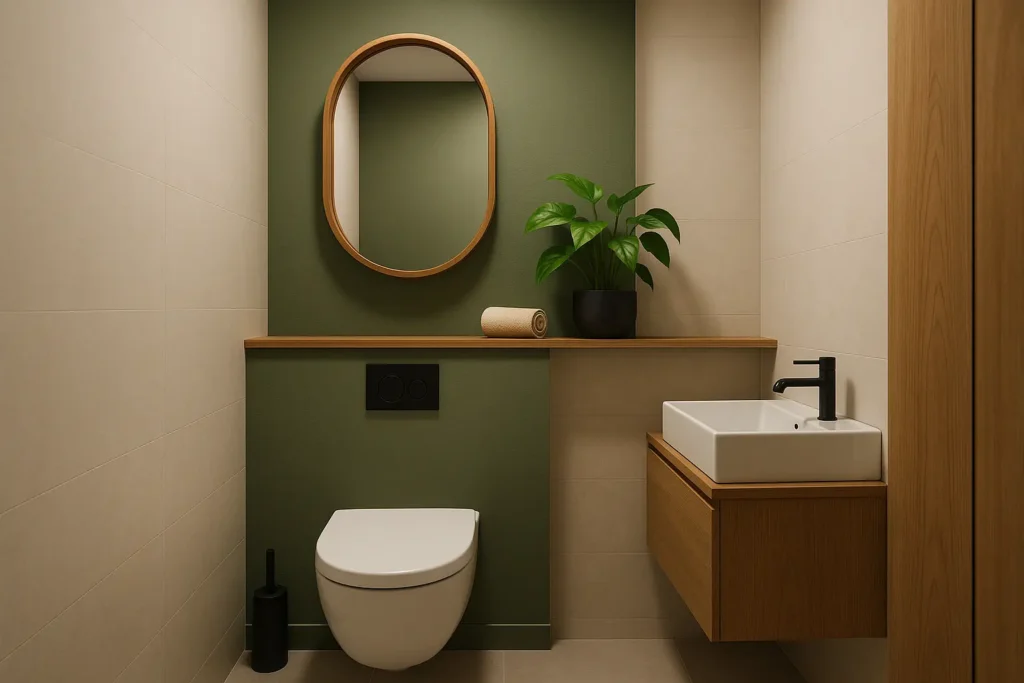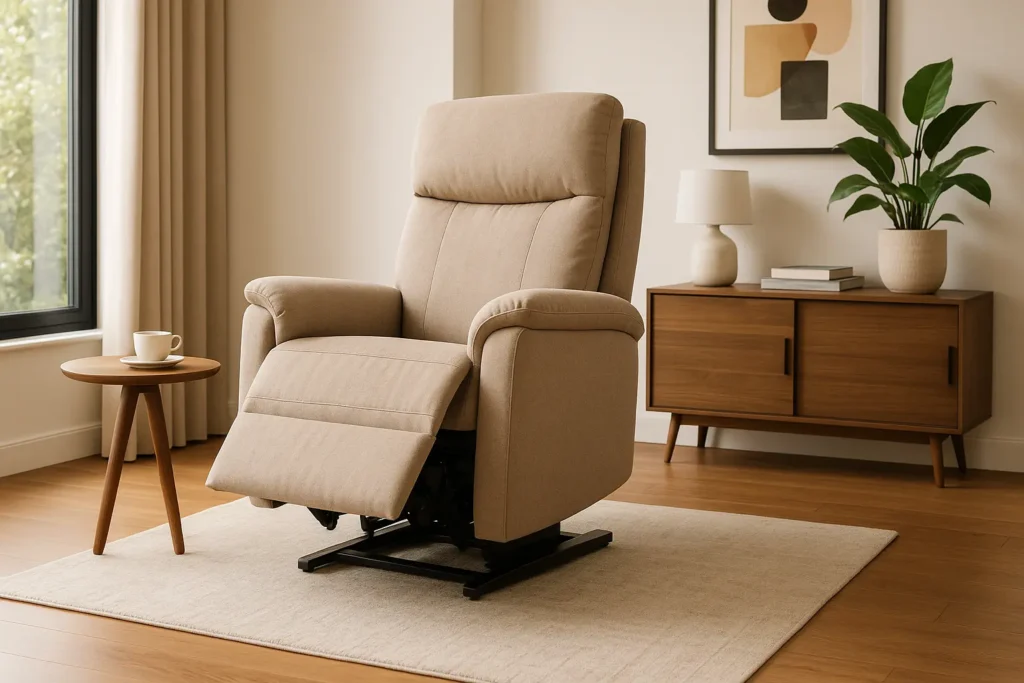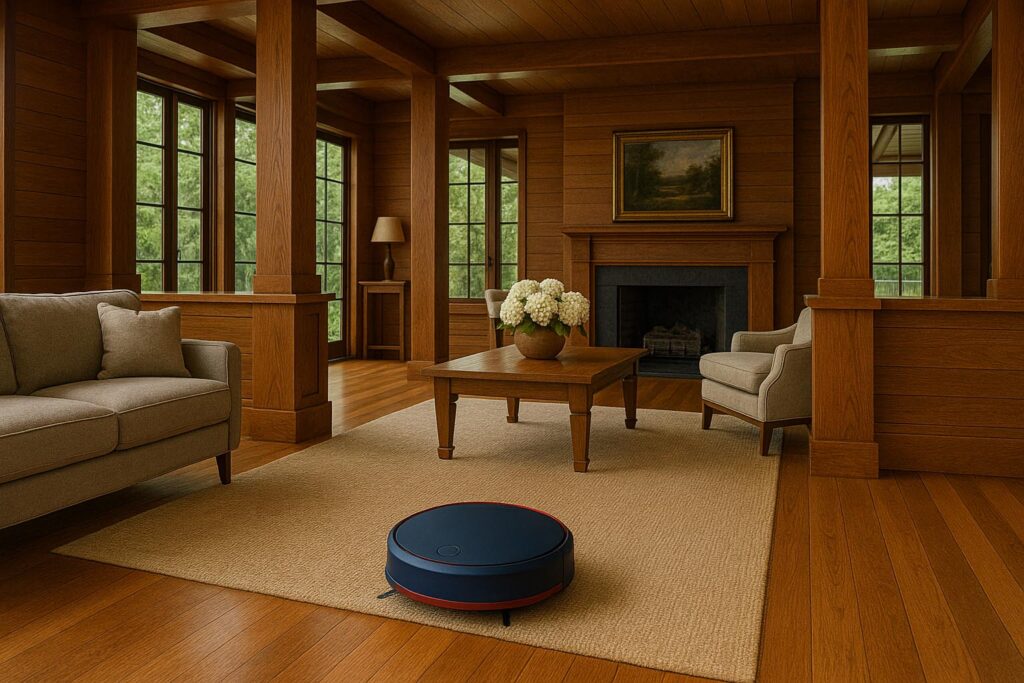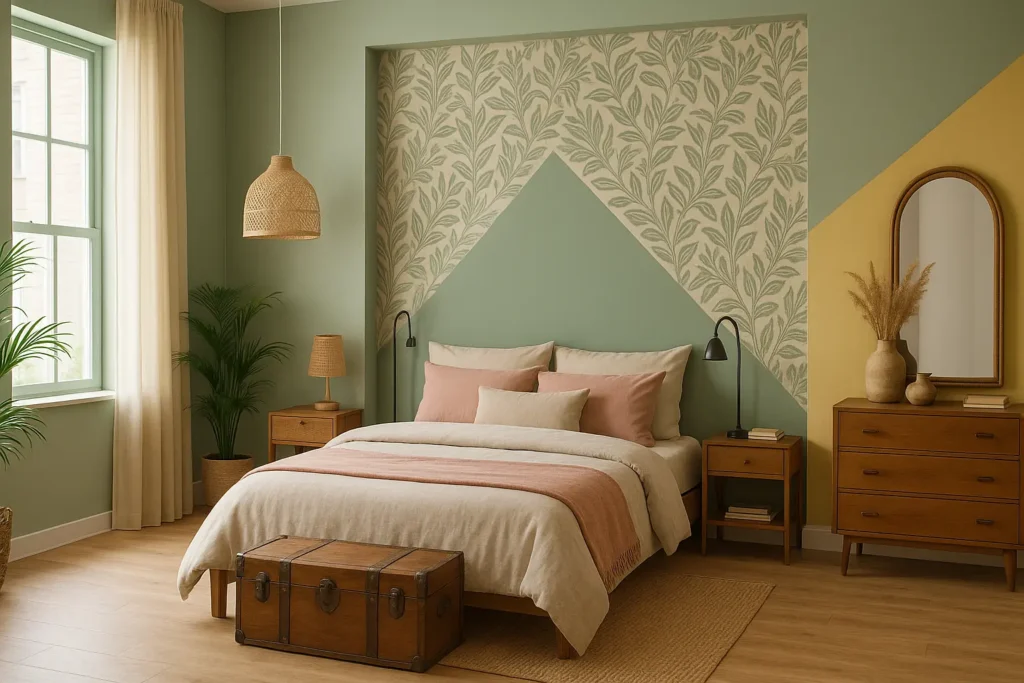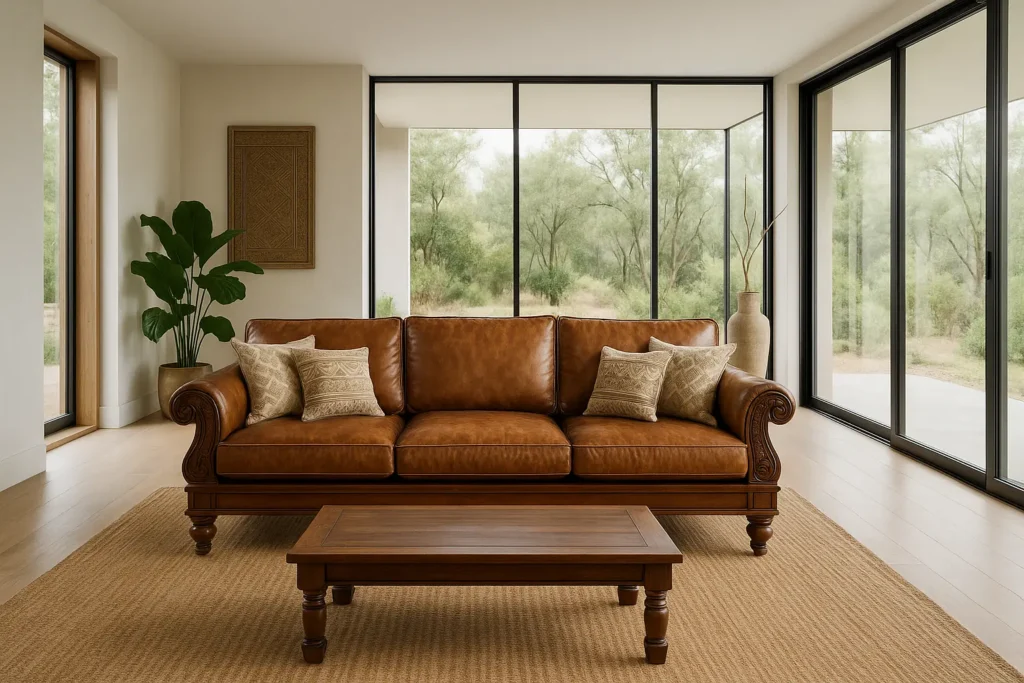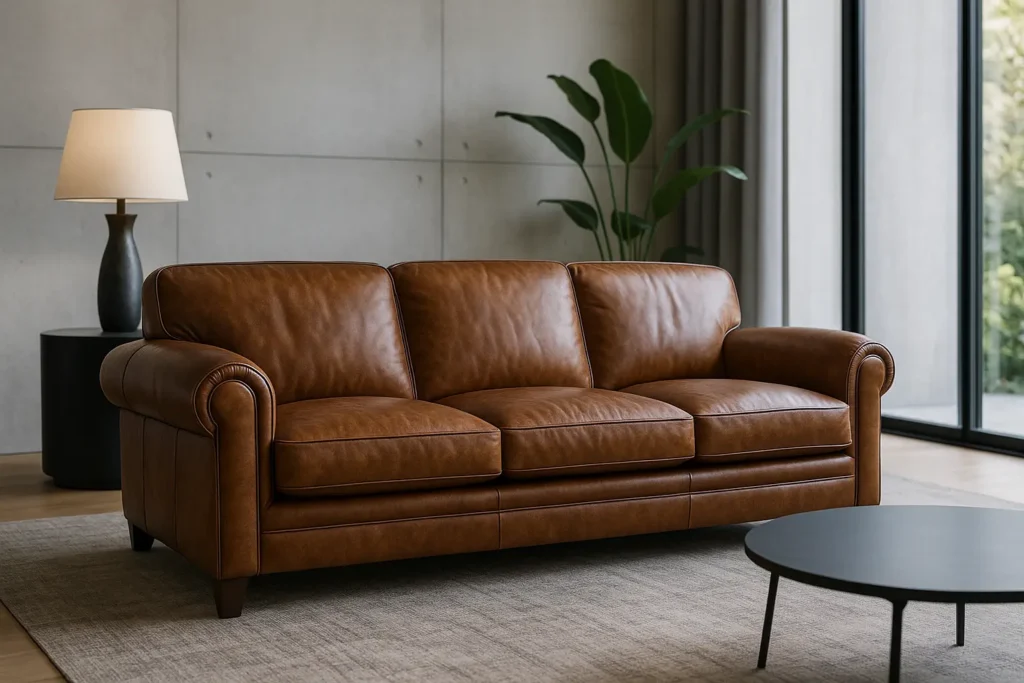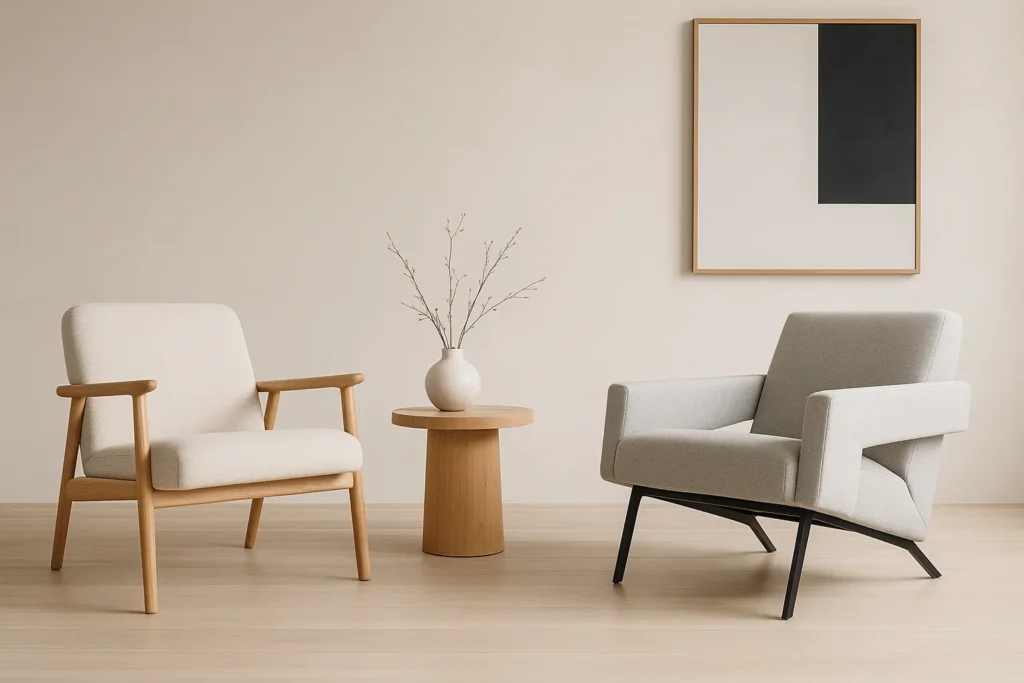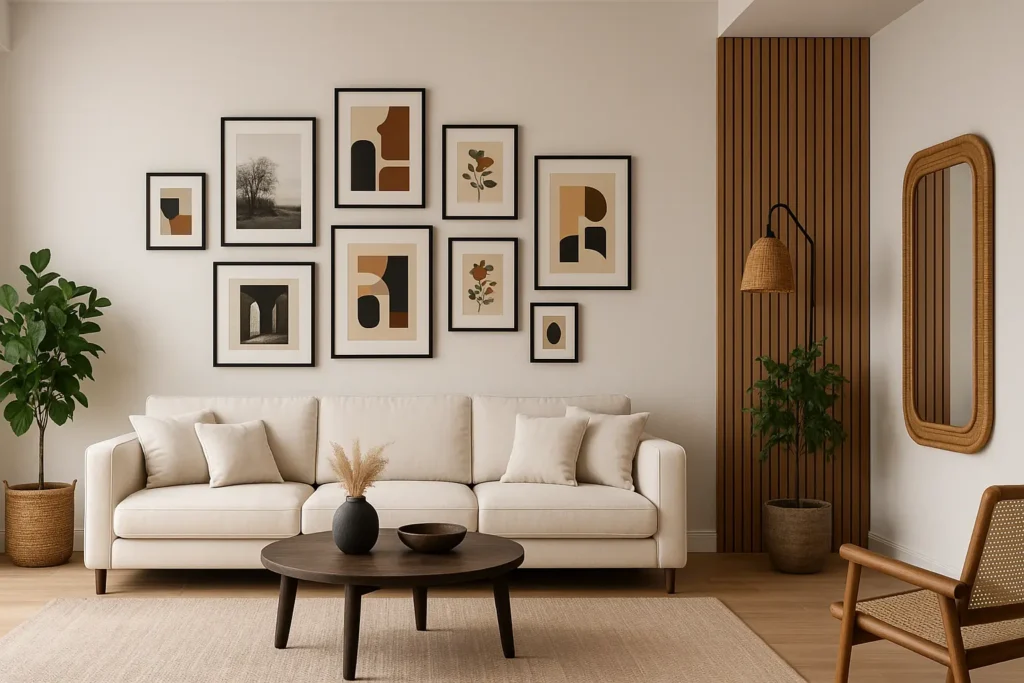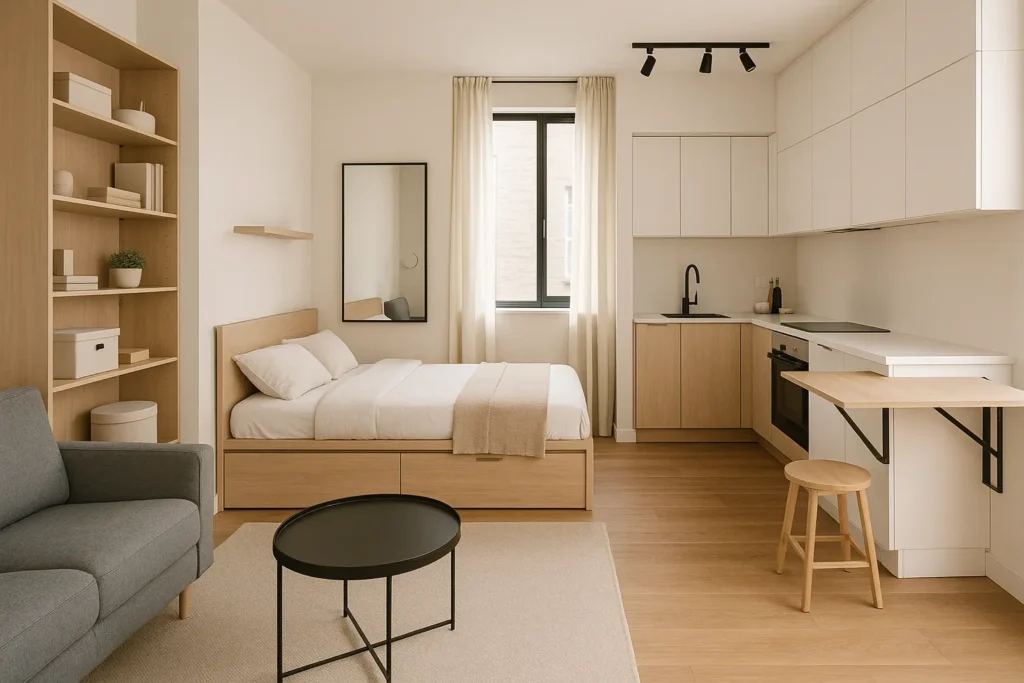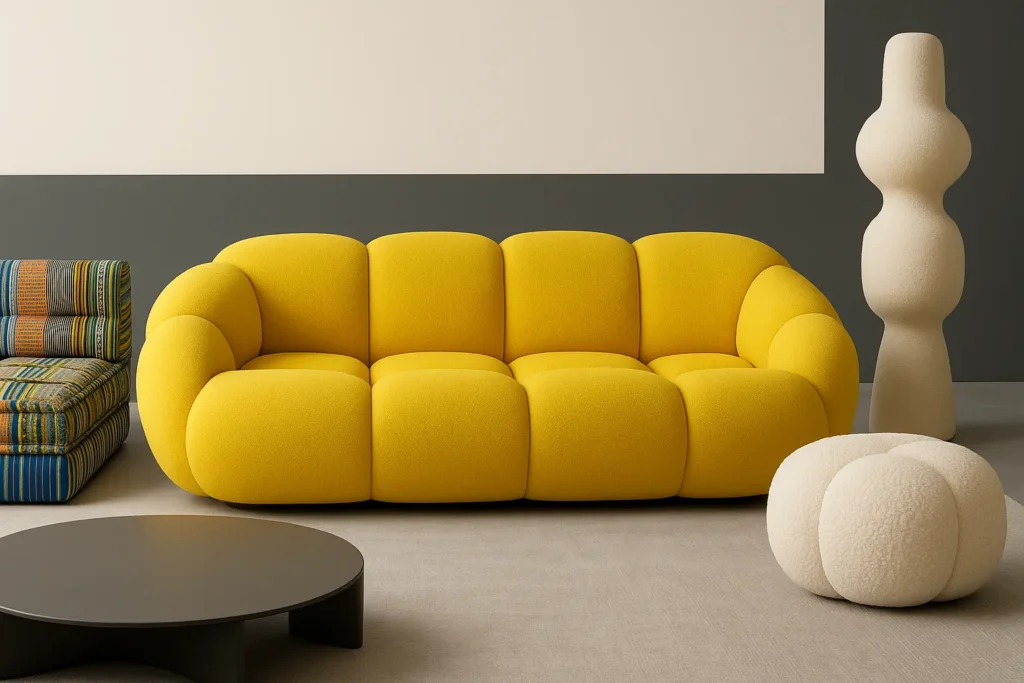THE colonial armchair in teak and bamboo perfectly embodies the art of living turned towards the world that inspires us so much. This piece of furniture with Indonesian origins brings a touch of exoticism and authenticity to our contemporary interiors. Its elegant silhouette and its noble materials make it an ally of choice for creating a warm and soothing atmosphere in your living room. Let's see together why this traditional piece of furniture, the colonial armchair, continues to seduce lovers of chic and natural ethnic decoration.
Our article in brief:
THE colonial armchair in teak and bamboo combines timeless elegance and exotic lifestyle in our contemporary interiors.
- THE colonial armchair is an armchair at the robust structure in patinated teak associated with woven bamboo creates a perfect balance between aesthetics and comfort.
- This armchair is inspired by the Indonesian traditionsToday, it brings a touch of authenticity to a variety of styles, from minimalist living rooms to verandas.
- Ole Wanscher has modernized this classic by infusing it with the Scandinavian philosophy of “design for all”.
- Ideal for creating a soothing reading corner, it fits in both ethnic and contemporary decor.
In this article
What characterizes an authentic colonial armchair?
THE colonial style armchair stands out with its robust structure in patinated teak, which gives it an elegant and timeless look. Inspired by Indonesia, this piece of furniture harmoniously combines the nobility of wood with the lightness of the woven bamboo used for the seat and backrest. This combination of natural materials creates a perfect balance between comfort and aesthetics.
The standard dimensions of a colonial armchair (approximately L60 x D60 x H82 cm) make it a piece of furniture on a human scale, neither too imposing nor too fragile. Its average weight of 13 kg testifies to its solidity while allowing it to be easily moved according to your desires of arrangement. The traditional finish in shellac varnish enhances the natural beauty of teak by giving it a warm and welcoming patina.
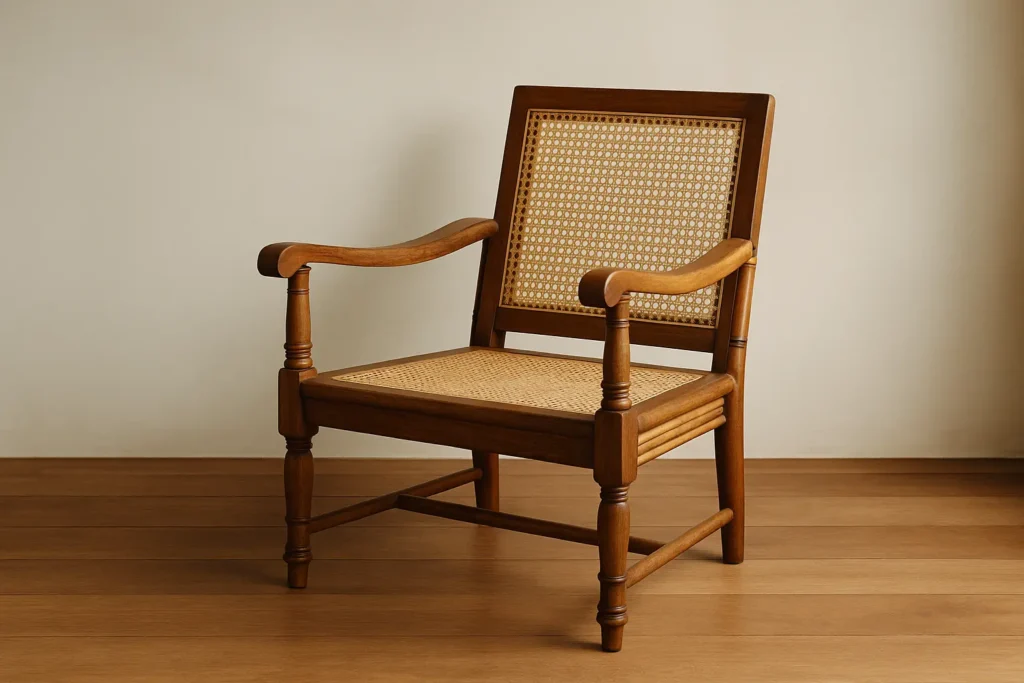
Several variations exist to adapt to all interiors:
- The authentic model with woven bamboo seat and backrest
- Versions with seat upholstered in black fabric or brown microfiber
- Models with ornate or more sober armrests
- Variations with slightly variable dimensions (H80 or H82 cm)
This diversity allows us to integrate a armchaircolonial inspiration in a variety of settings, from the minimalist living room to the bright veranda. Each room nevertheless retains the very essence of the colonial style: the alliance between artisanal tradition and timeless elegance.
Ole Wanscher's influence on the design of the colonial armchair
The colonial armchair as we know it today owes a lot to Ole Wanscher (1903-1985), an iconic figure in modern Danish design. His most famous creation, the Colonial Chair, remains a key reference in the world of exceptional furniture. This visionary designer captured the very essence of the colonial style while infusing it with the Scandinavian philosophy of "design for all."
Wanscher considered furniture design as an extension of architecture, which explains the perfect balance between functionality and beauty in his creations. His travels to Egypt and across Europe fueled his creative vision, allowing him to incorporate multicultural influences into his designs. This openness to the world is fully reflected in the silhouette of the traditional colonial armchair, with its lines that are both robust and delicate.
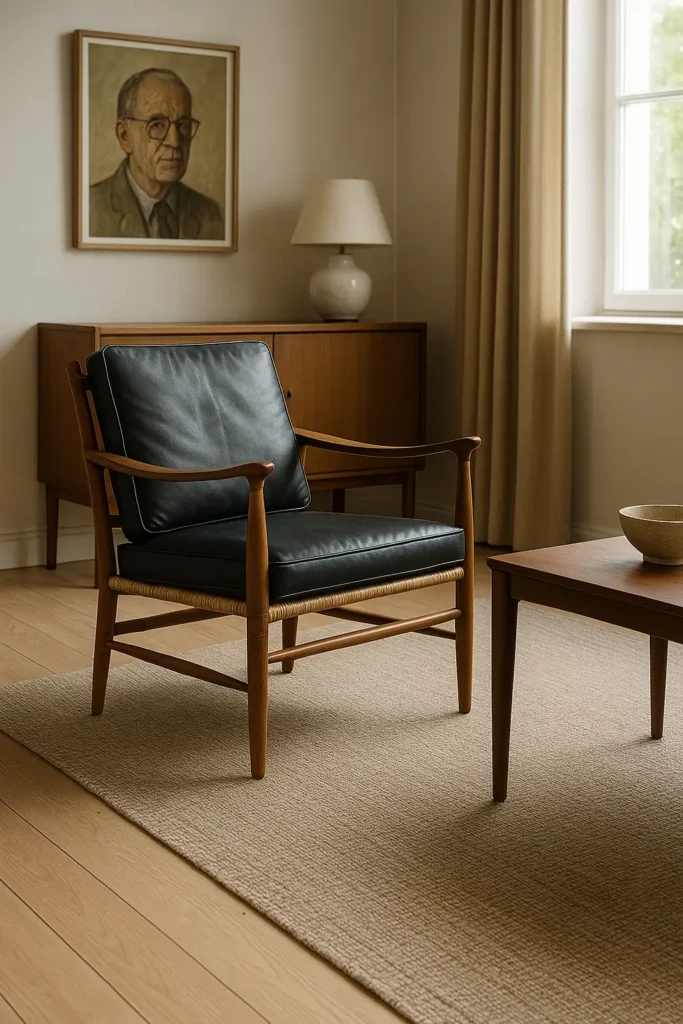
His work has been widely recognized by his peers, notably with the prestigious Gold Medal at the Milan Triennale in 1960. This distinction underlines the importance of his contribution to the heritage of global furniture design. In addition to the Colonial Chair, Wanscher also created the Colonial Sofa, allowing for the creation of coherent ensembles for lovers of authenticity.
| Features | Traditional colonial armchair | Colonial Chair by Wanscher |
|---|---|---|
| Main materials | Teak and woven bamboo | Precious wood and leather |
| Inspiration | Indonesian | Multicultural (Egypt, Europe) |
| Creation period | Centuries-old tradition | 1940s-1960s |
| Philosophy | Traditional crafts | “Design for all” |
Wanscher created his most influential works during the post-war period, between the late 1940s and early 1960s. This period coincided with the emergence in Denmark of a democratic vision of quality design, making exceptional pieces previously reserved for an elite accessible to the greatest number of people.
How to integrate a colonial armchair into your interior design
THE colonial style armchair in teak and bamboo It blends beautifully into a variety of decorative schemes. Its versatility makes it a valuable asset for creating a soothing ambiance while adding a touch of authenticity to your interior. Here's how to showcase it to your liking, depending on the desired atmosphere:
In a living room with ethnic influences, combine your colonial armchair to textiles with geometric patterns, lush plants and objects brought back from travels. The tones terracotta, sand or sage green will perfectly complement the warm tones of teak.
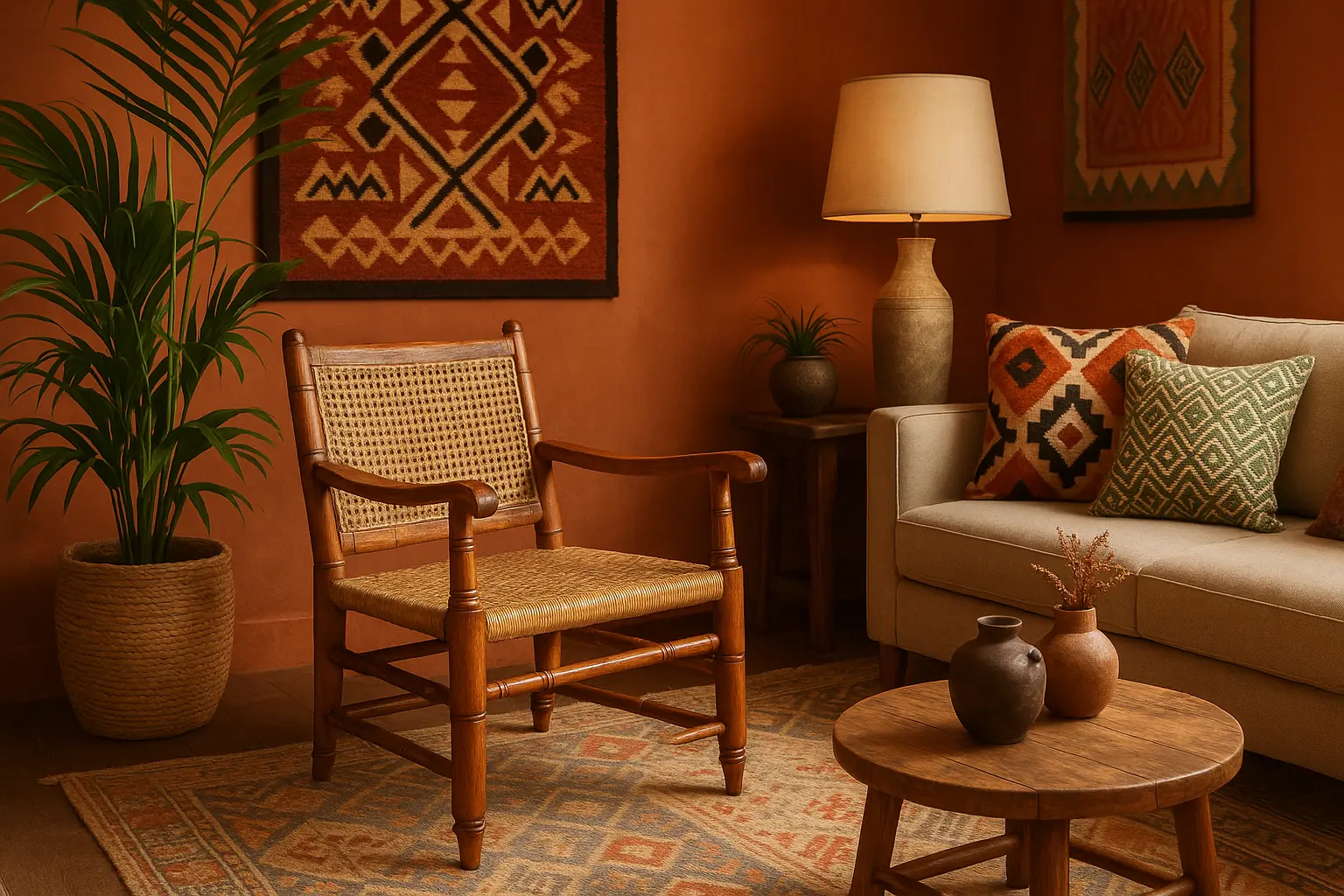
For a more contemporary atmosphere, play on the contrast by integrating it into a refined decor with neutral tones (beige, off-white, pearl gray) where it will naturally become the centerpiece.
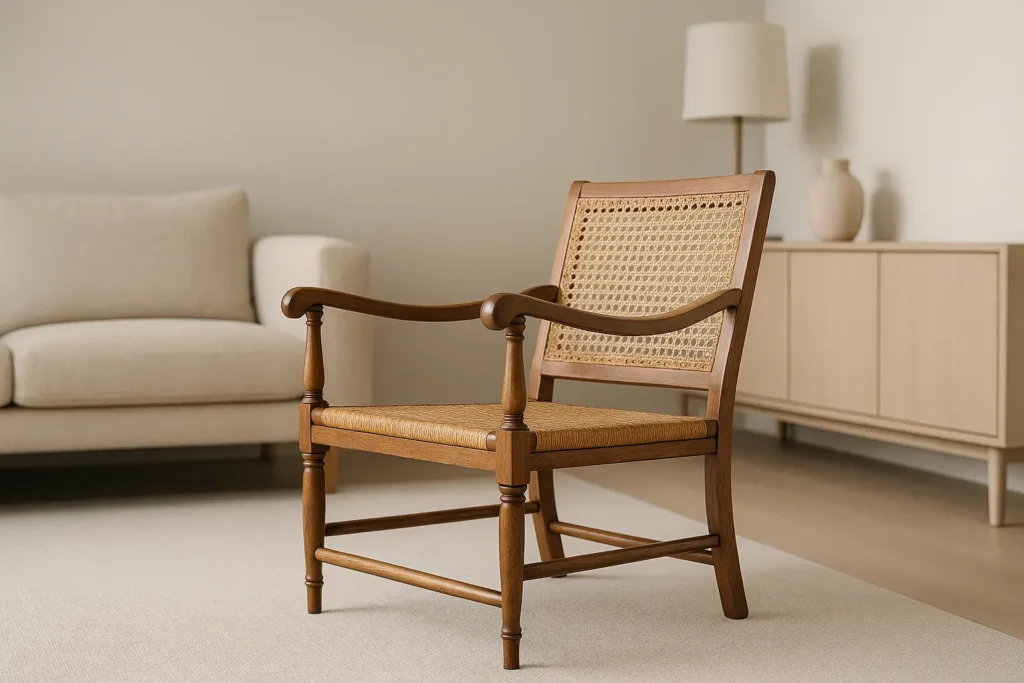
Prices vary depending on models and finishes:
- Authentic teak and bamboo version: around €390 including tax
- Model with black fabric: often offered around €99 including tax (reduced price)
- Limited or signed editions: can reach higher sums
In terms of availability, some models are made to order with a delivery time of up to 90 days, guaranteeing meticulous craftsmanship. Others are immediately available with shipping within 1 to 2 weeks. This patience is rewarded by the acquisition of a unique piece that lasts for years. without ever going out of style.
The major advantage of this colonial style armchair lies in its ability to instantly create a cozy and inspiring reading nook. Place it near a window, accompanied by a small wooden or rattan side table, a linen throw, and a soft table lamp. You will thus create a privileged relaxation space, conducive to contemplation and recharging your batteries, essential values in our contemporary interiors which are often too hectic.
